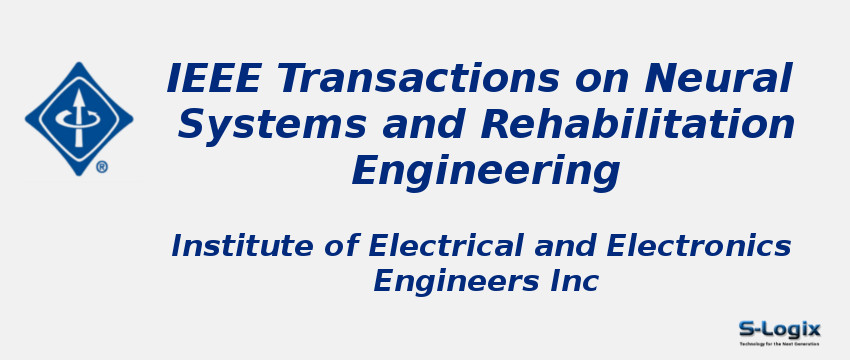Journal Home: Journal Homepage
Editor-in-Chief: He (Helen) Huang
Print ISSN: 15344320
Electronic ISSN: 15580210
Abstracting and Indexing: Scopus, Science Citation Index Expanded
Imapct Factor 2024: 5.2
Subject Area and Category: Computer Science, Computer Science Applications,Engineering ,Biomedical Engineering,Medicine, Internal Medicine ,Medicine (miscellaneous),Rehabilitation,Neuroscience,Neuroscience (miscellaneous)
Publication Frequency:
H Index: 172
Q1: Biomedical Engineering
Q2:
Q3:
Q4:
Cite Score: 9.1
SNIP: 1.622
Journal Rank(SJR): 1.310
Latest Articles: Latest Articles in IEEE Transactions on Neural Systems and Rehabilitation Engineering
Guidelines for Authors: IEEE Transactions on Neural Systems and Rehabilitation Engineering Author Guidelines
Paper Submissions: Paper Submissions in IEEE Transactions on Neural Systems and Rehabilitation Engineering
Publisher: Institute of Electrical and Electronics Engineers Inc.
Country: United States
